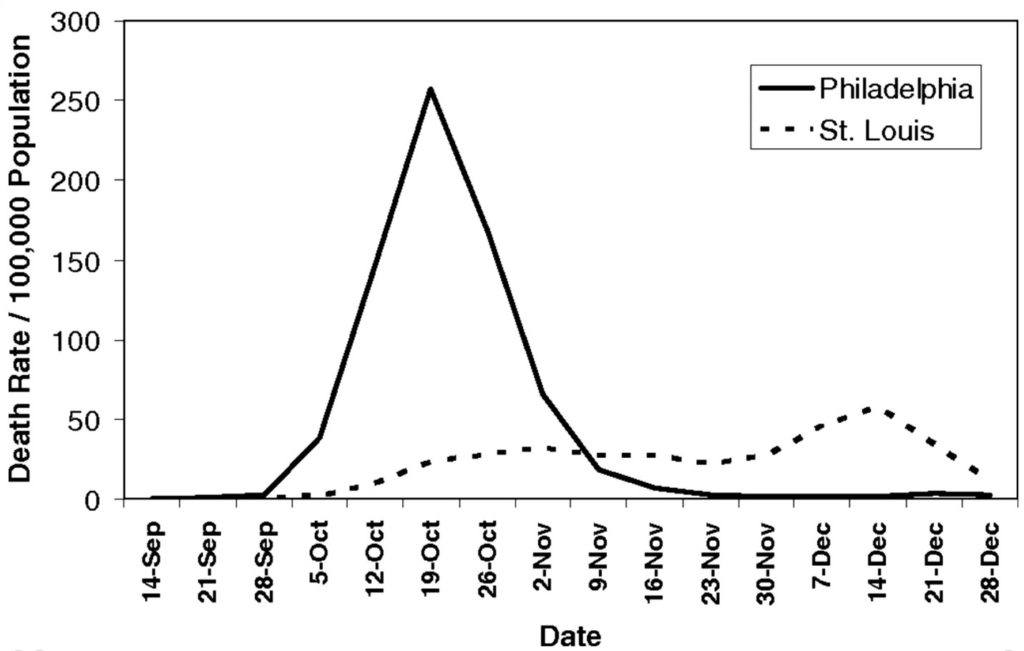As a startup coach I often help companies to start selling efficiently. Here’s one of the key takeaways I share about contacting new clients, especially online: Keep it extremely short and to the point.
…
That’s it. There’s not that much more to it. This applies to surprisingly many areas of life, but is especially true in B2B sales. Businesspeople like those who respect their time by telling the relevant things without unnecessary complications. This does not mean forgoing good manners or not taking the occasional moment to connect on non-work topics. The important thing is that when discussing work topics, time is spent productively.
For those who want to read up a bit more on my experiences regarding this, below are a few other observations I’ve made along the way. I’ll start with a recent example of mine where I did what I often do, introducing two people to each other. One was a top executive of a stock-listed corporation and the other was a startup looking for their first pilot customer, struggling to get corporations to pay them attention due to a lack of track record, experience and a number of other factors working against most startups.
How to approach new clients online
This is the message I sent in its entirety:
“Hi Jane and Mark,
Happy to connect you. Mark’s startup X manufactures Y with N% less labor and up to N% less materials.
Jane, this could be interesting for Z Corporation. Who would be the right person to talk with about this?”
Jane replied within 10 minutes, connecting Mark with an EVP (executive vice president) to discuss this further, and added her own thoughts on the potential relevance of Mark’s solution.
The key here is everything that you leave out. I didn’t mention anything about the numerous other benefits the startup’s solution offered. I originally tried them in the email, starting with the six benefits the founder had mentioned in an email to me. It was a good message from a founder to mentor, but for a potential customer whose job is not to help you, the shorter the better.
Writing a good opening message is like making a pocket-size sculpture to be sold as a souvenir: the goal is not to include as much marble as possible, but rather to keep the least amount that is needed to make it an attractive piece that catches someone’s eye and they can easily handle (for a souvenir: to carry; for an email: to respond).
How not to approach new clients online
“Hello, we are a team from somewhere, seeking to do something and something else and a few other things too, and we have a process that technically speaking mumbo jumbo and it’s special because chemical reaction mobile phone app hydrocortisol engineering lorem ipsum…”
… going on for 5 paragraphs.
These almost never get responded to. One founder sent ten of these, and got one response asking for a simplification of the key points. I ask a lot of these myself. Founders are often fascinated about their idea, but the buyer is only interested in the benefits they’ll get. Only if the benefits are clear and attractive enough, they start to care about other factors, such as price.
Information layers
The layered way of giving information is simply that you give a top-level view first, and more nuanced information later, in stages.
As an example, you can imagine how you would behave when buying something, let’s say an apartment. You wouldn’t likely be interested in what kind of material are the window frames made of, and if the salesperson would start by droning on about such minor details, you would feel like they’re wasting your time and not a good person to do business with. You’ll appreciate much more if the salesperson tells you only the information that you’re most likely to be interested in, and goes into the nitty-gritty details only when you ask them to.
Becoming clairvoyant
If you initiate many similar discussions over time, you’ll learn to recognize the signs of when the other side becomes interested in the next layers of information. When this happens, you will be able to offer them that information right when they were about to ask for it. When done tactfully, this can leave a very positive impression that you understand them and are a good person to do business with.
Start new B2B client relationships by telling them the few things that they might find most attractive about your product, and suggesting the next step, like agreeing on a time for a phone call. Keep it short and keep it relevant.


